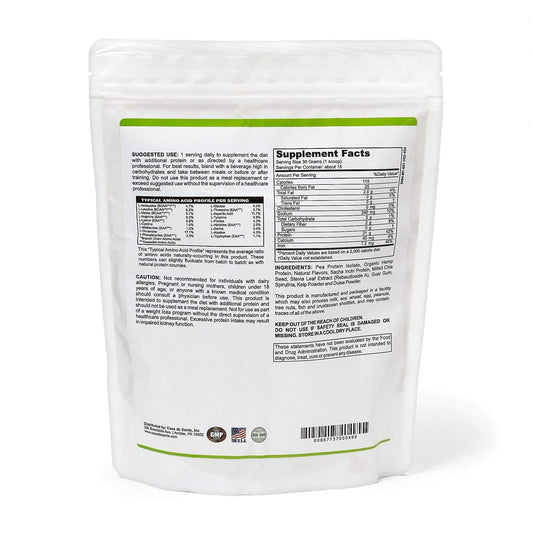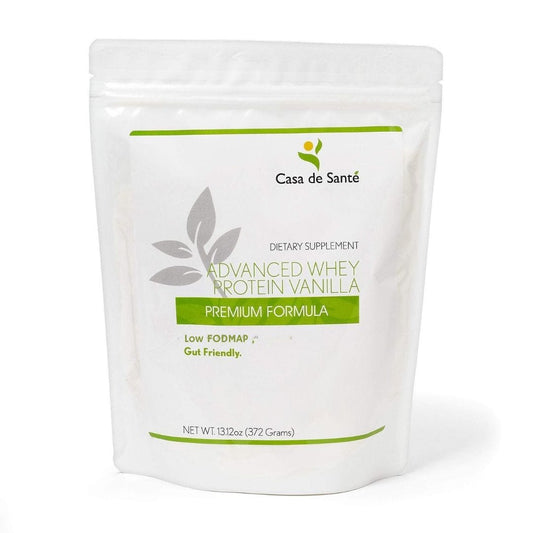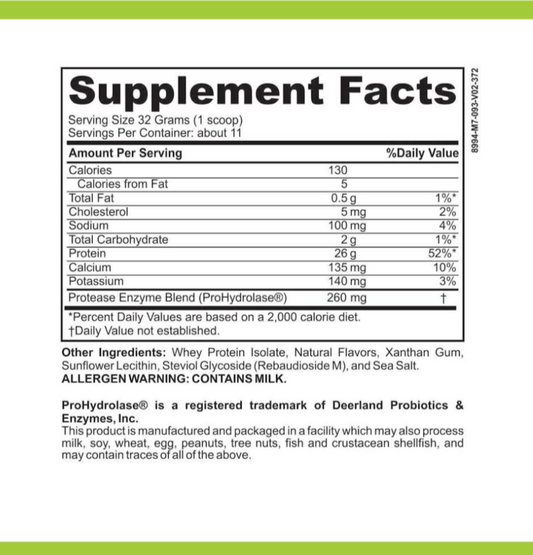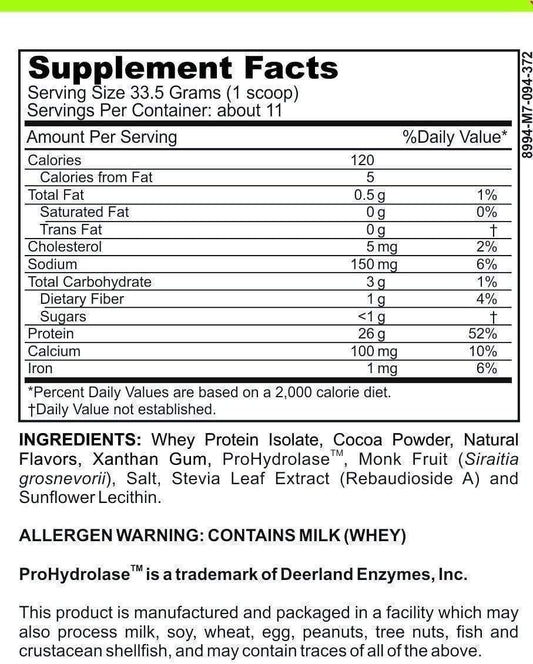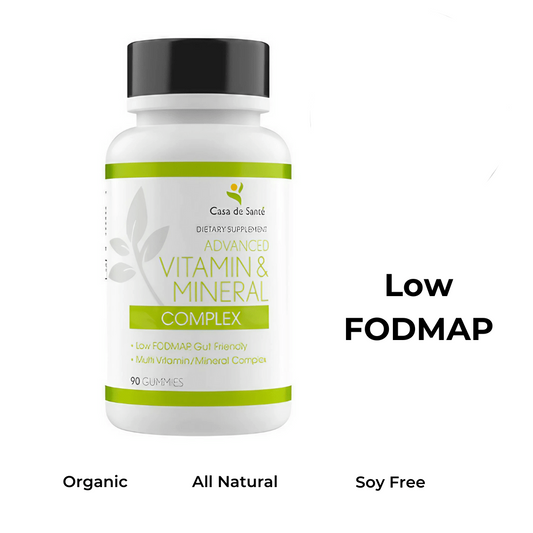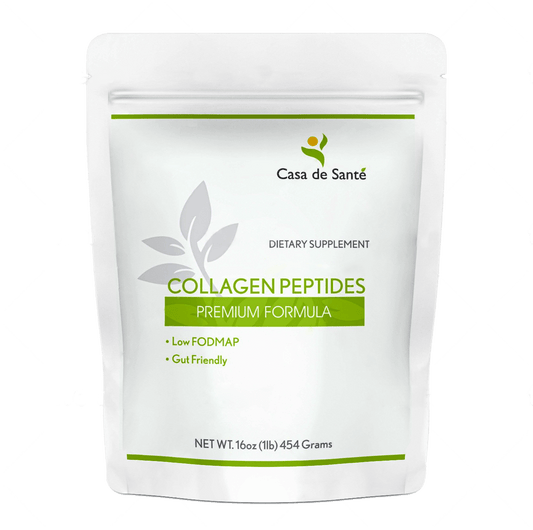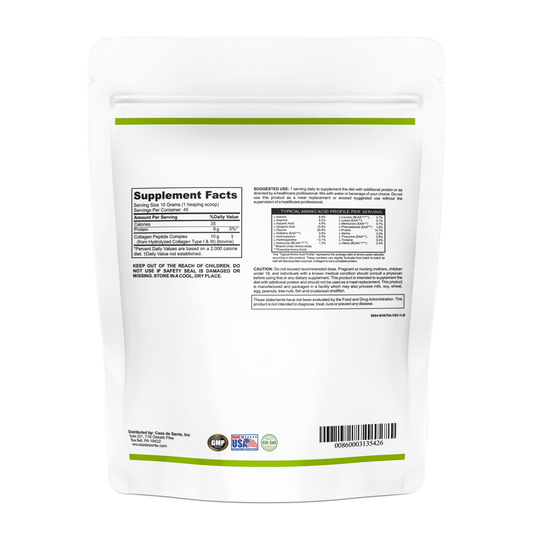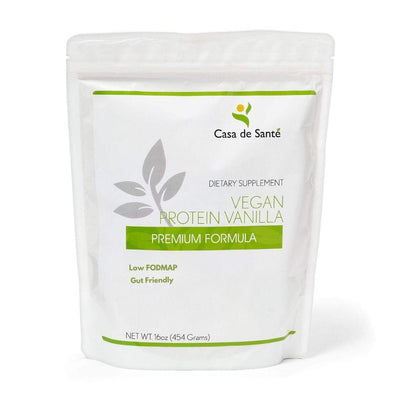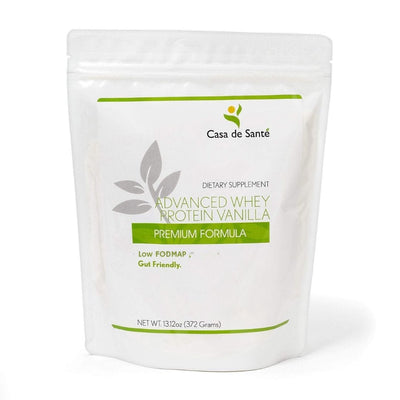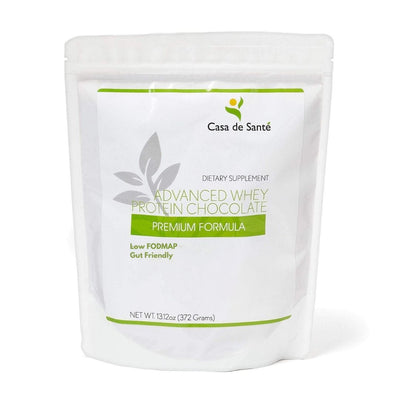Is Unsweetened Chocolate Dairy Free
Is Unsweetened Chocolate Dairy Free
Unsweetened chocolate is a versatile ingredient that adds richness and depth to various desserts. However, before incorporating it into your culinary creations, it is crucial to understand if unsweetened chocolate is dairy-free. In this article, we will delve into the intricacies of unsweetened chocolate, the dairy debate in chocolate production, the health implications of dairy-free chocolate, identifying dairy-free options, and even making your own dairy-free chocolate at home.
Understanding Unsweetened Chocolate
Unsweetened chocolate, also known as baking chocolate or bitter chocolate, is made from cocoa beans that have been roasted and ground into a paste. During the process, the cocoa beans are fermented, dried, and then roasted to develop their distinct flavor. While the process may vary between manufacturers, the general principle remains the same - transforming cocoa beans into a thick and pure chocolate liquor.
The Process of Making Unsweetened Chocolate
The first step in creating unsweetened chocolate involves fermenting the cocoa beans. This fermentation process helps develop the beans' flavors by breaking down the sugars and producing acids. The beans are carefully monitored during fermentation to ensure the desired flavor profile is achieved.
After fermentation, the beans are sun-dried, allowing them to lose excess moisture. This drying process is crucial as it helps prevent the growth of mold and bacteria while enhancing the beans' natural flavors. The beans are spread out on large trays or mats and left to dry under the warm sun, absorbing the sunlight and air to reach the desired moisture content.
Once the beans are dried, they undergo roasting. Roasting is a critical step that not only intensifies the flavors but also helps remove any remaining moisture. The beans are carefully roasted at specific temperatures and durations to bring out the desired taste. This process requires skill and precision to avoid burning the beans or under-roasting them, which could negatively impact the final product's quality.
After roasting, the cocoa beans are cooled and then ground into a viscous liquid called chocolate liquor. The grinding process involves crushing the beans into small particles, which are then mixed and refined to create a smooth and homogenous texture. The resulting chocolate liquor is thick and rich, with a deep cocoa flavor that characterizes unsweetened chocolate.
Key Ingredients in Unsweetened Chocolate
Unsweetened chocolate contains two primary ingredients - cocoa solids and cocoa butter. Cocoa solids, also known as cocoa mass or cocoa powder, provide the intense chocolate flavor. These solid particles are primarily made up of cocoa powder, which consists of cocoa solids themselves and a small percentage of cocoa butter.
Cocoa butter, on the other hand, is the fat extracted from the cocoa beans. It plays a crucial role in the texture and mouthfeel of unsweetened chocolate. Cocoa butter has a low melting point, which gives the chocolate its smooth and creamy consistency. When you bite into a piece of unsweetened chocolate, the cocoa butter quickly melts, releasing its rich flavors and creating a velvety sensation on your palate.
It's important to note that unsweetened chocolate does not contain any added sugar or sweeteners. Its pure and intense flavor makes it a popular choice for baking and cooking, where the sweetness can be adjusted with other ingredients like sugar or sweeteners.
Next time you come across a bar of unsweetened chocolate, take a moment to appreciate the intricate process involved in its creation. From the fermentation and drying of cocoa beans to the roasting and grinding, each step contributes to the distinct characteristics of this bittersweet delight.
The Dairy Debate in Chocolate Production
When discussing the dairy content of chocolate, it is essential to understand that not all chocolates are created equal. While some chocolates contain dairy, others are entirely dairy-free. The inclusion of dairy products in chocolate production can influence its taste, texture, and overall composition.
Let's dive deeper into the world of chocolate and explore the various aspects of dairy in this delectable treat.
Common Dairy Products in Chocolate
The most common dairy products found in chocolate are milk powder, milk fat, and milk solids. These ingredients are typically added to give the chocolate a creamy and smooth texture. Manufacturers often use milk powder, which is obtained by drying milk, as an economical ingredient to enhance the flavor and texture of chocolate products.
Milk fat, also known as butterfat, contributes to the creamy mouthfeel that chocolate lovers crave. It adds richness and a velvety smoothness to the overall taste experience. Additionally, milk solids, including lactose and proteins, play a crucial role in chocolate production. These components impart a subtle sweetness and improve the texture of the final product.
It's fascinating to see how these dairy ingredients work together to create the beloved creamy texture that many chocolate enthusiasts adore.
Why Some Chocolates Are Dairy-Free
However, not all chocolates incorporate dairy products. Dairy-free chocolates are specifically formulated to exclude any dairy-based ingredients. This allows individuals with lactose intolerance or those following a vegan lifestyle to enjoy the indulgence of chocolate without any concerns.
Manufacturers of dairy-free chocolate have found innovative ways to replicate the creamy texture and rich taste without compromising on quality. Instead of milk powder or milk fat, they may opt for non-dairy alternatives such as almond milk, soy milk, coconut milk, or rice milk. These substitutes provide a similar creamy texture and ensure that dairy-free chocolate lovers can still enjoy a satisfying chocolate experience.
By exploring these dairy-free options, chocolate enthusiasts can broaden their horizons and discover new and exciting flavors that cater to their dietary preferences.
Next time you indulge in a piece of chocolate, take a moment to appreciate the intricate balance between dairy and non-dairy ingredients that contribute to the overall taste and texture of this beloved treat.
Health Implications of Dairy-Free Chocolate
Choosing dairy-free chocolate can have various health implications, particularly for individuals with lactose intolerance, dairy allergies, or those following a vegan or dairy-free diet. Understanding the nutritional differences between dairy and dairy-free chocolate is essential when considering its impact on overall well-being.
When it comes to nutritional differences, dairy chocolate generally contains higher amounts of calories, fat, and cholesterol due to the presence of milk fat and milk solids. These ingredients contribute to the creamy texture and rich flavor of traditional chocolate. However, for individuals who are conscious of their calorie or fat intake, dairy-free chocolate offers a healthier alternative. With lower levels of calories and fat, it can be a guilt-free indulgence.
Moreover, dairy-free chocolate is suitable for those following a vegan or lactose-free diet. It does not contain any animal by-products or lactose, making it a great option for individuals who choose to avoid these ingredients. By opting for dairy-free chocolate, individuals can enjoy their favorite treat without compromising their dietary preferences or restrictions.
Nutritional Differences Between Dairy and Dairy-Free Chocolate
Dairy chocolate generally contains higher amounts of calories, fat, and cholesterol due to the presence of milk fat and milk solids. On the other hand, dairy-free chocolate typically has lower levels of these nutrients, making it a healthier choice for individuals looking to reduce their calorie or fat intake. Additionally, dairy-free chocolate is suitable for those following a vegan or lactose-free diet, as it does not contain any animal by-products or lactose.
But the differences don't stop there. Dairy-free chocolate often incorporates alternative ingredients to achieve its creamy and delicious taste. For example, coconut milk or almond milk can be used as a substitute for dairy milk. These plant-based alternatives not only provide a creamy texture but also bring their unique flavors to the chocolate. This variety of flavors adds a new dimension to the chocolate experience, allowing individuals to explore different taste profiles.
Furthermore, dairy-free chocolate often contains a higher percentage of cocoa solids compared to dairy chocolate. Cocoa solids are rich in antioxidants, which have been associated with various health benefits, such as reducing inflammation and improving heart health. By choosing dairy-free chocolate with a high percentage of cocoa solids, individuals can enjoy the potential health benefits that come with these antioxidants.
Potential Allergies and Intolerances
For individuals with lactose intolerance or dairy allergies, consuming dairy chocolate can lead to digestive discomfort or allergic reactions. Symptoms may include bloating, diarrhea, abdominal pain, skin rashes, or respiratory issues. Opting for dairy-free chocolate eliminates the risk of these adverse reactions and ensures a safe and enjoyable chocolate experience.
It's important to note that dairy-free chocolate is often produced in facilities that are dedicated to avoiding cross-contamination with dairy products. This provides an added layer of safety for individuals with severe dairy allergies, as they can confidently indulge in dairy-free chocolate without worrying about potential traces of dairy.
In addition to being free from dairy, many dairy-free chocolate options are also free from other common allergens, such as nuts and soy. This makes it a suitable choice for individuals with multiple food allergies or intolerances. With the availability of allergen-free options, everyone can savor the joy of chocolate without compromising their health or well-being.
Identifying Dairy-Free Chocolate
When shopping for dairy-free chocolate, it is essential to read product labels carefully. The ingredients list will provide invaluable information on whether the chocolate contains any dairy products or milk derivatives.
Reading Chocolate Labels for Dairy Content
Look for terms like "dairy-free," "vegan," "non-dairy," or "lactose-free" on the packaging. Additionally, check for any mentions of milk powder, milk solids, whey powder, or any other dairy-related ingredients. By diligently examining these labels, you can identify chocolate options that are genuinely dairy-free.
Trusted Brands for Dairy-Free Chocolate
Several trusted brands specialize in producing high-quality dairy-free chocolates. These companies cater to individuals with dietary restrictions or preferences, ensuring that everyone can enjoy a delicious chocolate treat without compromising their health or lifestyle. Some popular dairy-free chocolate brands include [insert brand names].
Making Dairy-Free Chocolate at Home
If you prefer a more hands-on approach, making dairy-free chocolate at home is a rewarding and fun experience. You have complete control over the ingredients, ensuring that your homemade chocolate is entirely free from dairy products.
Necessary Ingredients for Homemade Chocolate
To create dairy-free chocolate, you will need cocoa powder, cocoa butter, a sweetener of your choice (such as maple syrup or agave nectar), and any additional flavorings (such as vanilla extract or sea salt). Combine these ingredients in the right proportions, and you're well on your way to making your very own dairy-free chocolate.
Step-by-Step Guide to Dairy-Free Chocolate Making
1. Start by melting cocoa butter in a heatproof bowl set over a pot of simmering water.2. Once the cocoa butter has melted, add cocoa powder, sweetener, and any desired flavorings.3. Whisk the mixture until it is smooth and well combined.4. Pour the chocolate mixture into molds or onto a lined baking sheet.5. Allow the chocolate to cool and solidify at room temperature or in the refrigerator.6. Once set, remove the chocolate from the molds or break it into desired pieces.7. Indulge in your delicious homemade dairy-free chocolate!
By following this simple guide, you can enjoy the satisfaction of knowing exactly what goes into your chocolate while savoring the delectable taste of dairy-free confections.
In conclusion, unsweetened chocolate can indeed be dairy-free, depending on the manufacturing process and inclusion or exclusion of dairy ingredients. By understanding the nuances of unsweetened chocolate, the dairy debate in chocolate production, the health implications of dairy-free options, how to identify dairy-free chocolates, and even how to make your own at home, you can confidently navigate the world of dairy-free chocolate and indulge in its exquisite taste without any concerns.

